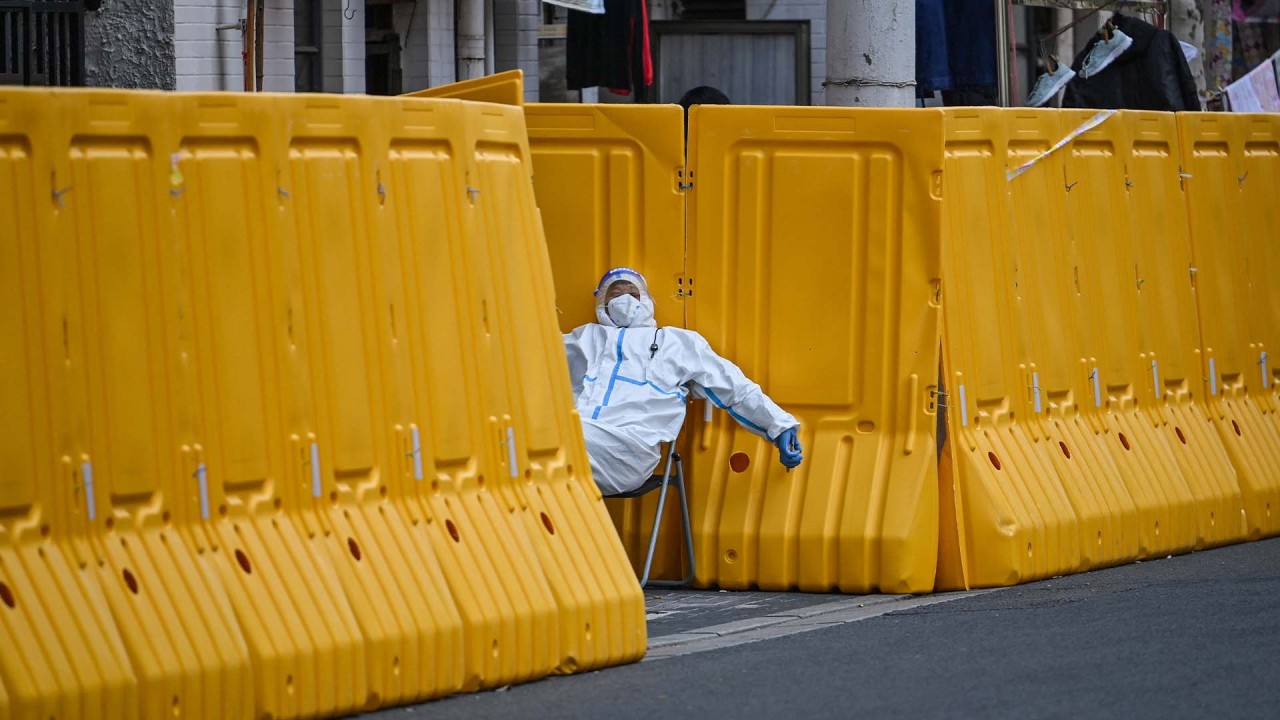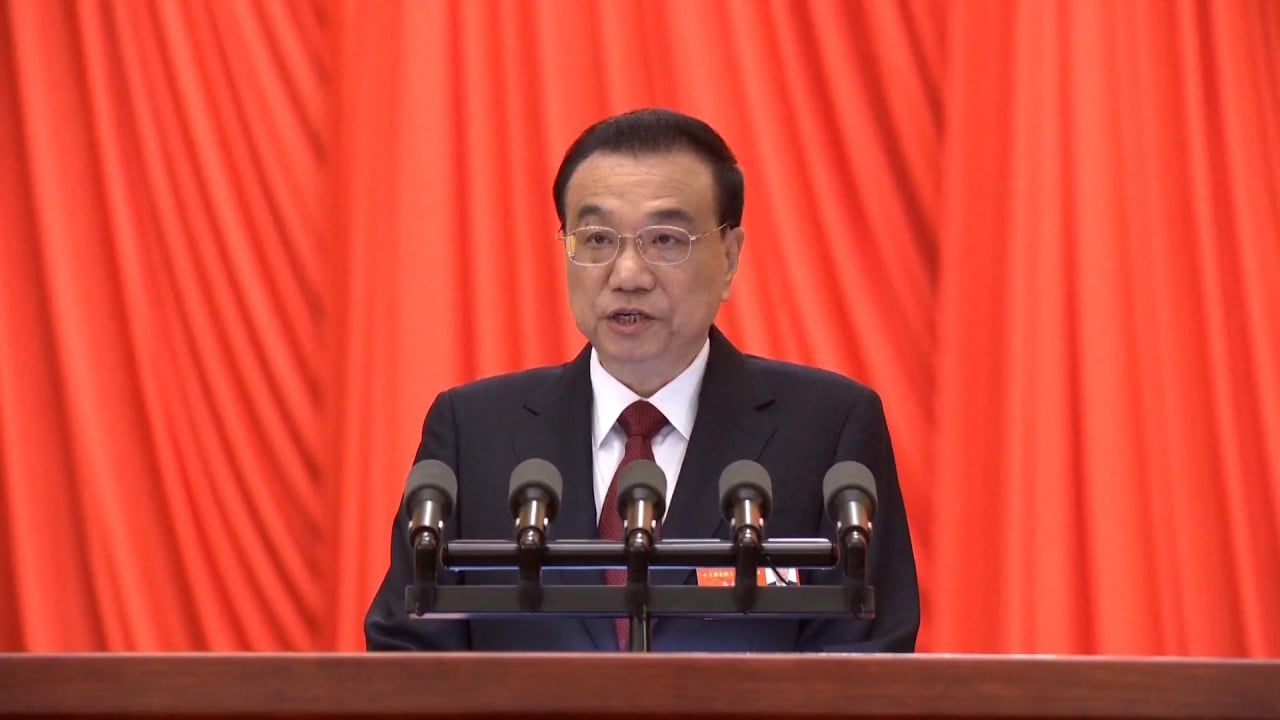
Why China will not abandon its zero-Covid policy any time soon
- Over the past two years, China’s outbreak response system has evolved to serve a population with a large number of elderly not vaccinated for Covid-19 and address regional disparities in social services and healthcare
- The strategy is characteristic of Chinese policymakers’ willingness to incur short-term high costs to advance long-term development goals
When Covid-19 first emerged in Wuhan in late 2019, China was ill-prepared. While the Chinese Centre for Disease Control and Prevention was established in 2002, it was never consolidated nor had it ever operated efficiently, despite the outbreak of the severe acute respiratory syndrome (Sars) the following year. So, when Covid-19, with its higher mortality rate, came along, China’s government had little choice but to adopt a wartime model, shutting down the city and mobilising additional resources on an emergency basis.
In the years since the Covid-19 pandemic erupted, China has developed and implemented just such a system, including regular testing and contact tracing, centralised quarantine, and the use of big data to prevent the spread of the virus between cities. As Shanghai’s residents can attest, though this has not eliminated the need for lockdowns, it has enabled far more limited and targeted closures. Even as Shanghai’s economy takes a hit, the rest of China continues to function.
For starters, vaccine uptake among China’s elderly has been modest. Only about half of people aged 80 years and older have received their primary vaccinations, with less than 20 per cent of them also having secured a booster. Vaccine coverage among children is also lower than expected.
Moreover, there are huge urban-rural and regional disparities, not only in terms of economic dynamism and openness, but also in the availability of social services and healthcare resources. Add to that the roughly 500 million people with only a middle-school education level (or lower) and those living in less-developed regions, and the risks implied by loosening restrictions are huge.
Some estimates show that, based on evidence from the United States and Hong Kong, China could face a wave of 200-300 million infections without non-pharmaceutical interventions. Even with the government’s capacity for mobilisation, many regions would not be able to cope with a surge in Covid-19. Runs on medical resources and a sharp rise in elderly deaths could be expected.
It is true that the zero-Covid approach is costly. The strategy suggests a strong policy mix of non-pharmaceutical interventions and immunisation, and an emphasis on avoiding lockdowns. Importantly, it requires local governments to respond early to outbreaks and stop the spread. Undoubtedly, such an approach is validated by China’s strong capacity for resource mobilisation.
This approach is characteristic of Chinese policymaking. China’s political leaders have long time horizons and are more willing to incur short-term high costs to advance long-term development goals. Especially in the midst of crises, they find solutions which – though often costly in the short term – enable the country to return to its path.
As a result of this strategy, which forms the basis of the country’s political, economic, and social resilience, China’s economy has consistently avoided being hit by external shocks.
The key to such approaches in a large and multifaceted framework is to allow for flexibility and to delegate critical responsibilities to local agents who have the authority and incentives to optimise policies to meet local needs. For example, in implementing the zero-Covid policy, local governments have been able to seek the best balance between economic growth and public-health imperatives, based on their capabilities and resources.
This explains why some local governments in underdeveloped and rural areas have often imposed more restrictive policies. For them, the opportunity costs of blanket measures are simply lower than in the developed coastal cities that drive China’s economic growth.
For the same reason, some areas have taken a highly targeted approach, with restrictions applied to a single administrative district, neighbourhood or even apartment building, thereby minimising economic disruption. Such an approach enabled Shanghai to operate effectively for two years before the authorities determined that a lockdown was needed based on epidemiological surveys.
Of course, no strategy is airtight. The lockdowns in Shanghai and Shenzhen were imposed to prevent the highly transmissible Omicron variant from arriving from Hong Kong. But for the near future, China is not likely to give up its policy mix of non-pharmaceutical interventions and immunisation. Likewise, China will continue to adapt its pandemic-response policies and reduce the need for non-pharmaceutical interventions as it develops more effective vaccines and boosts immunisation rates.




